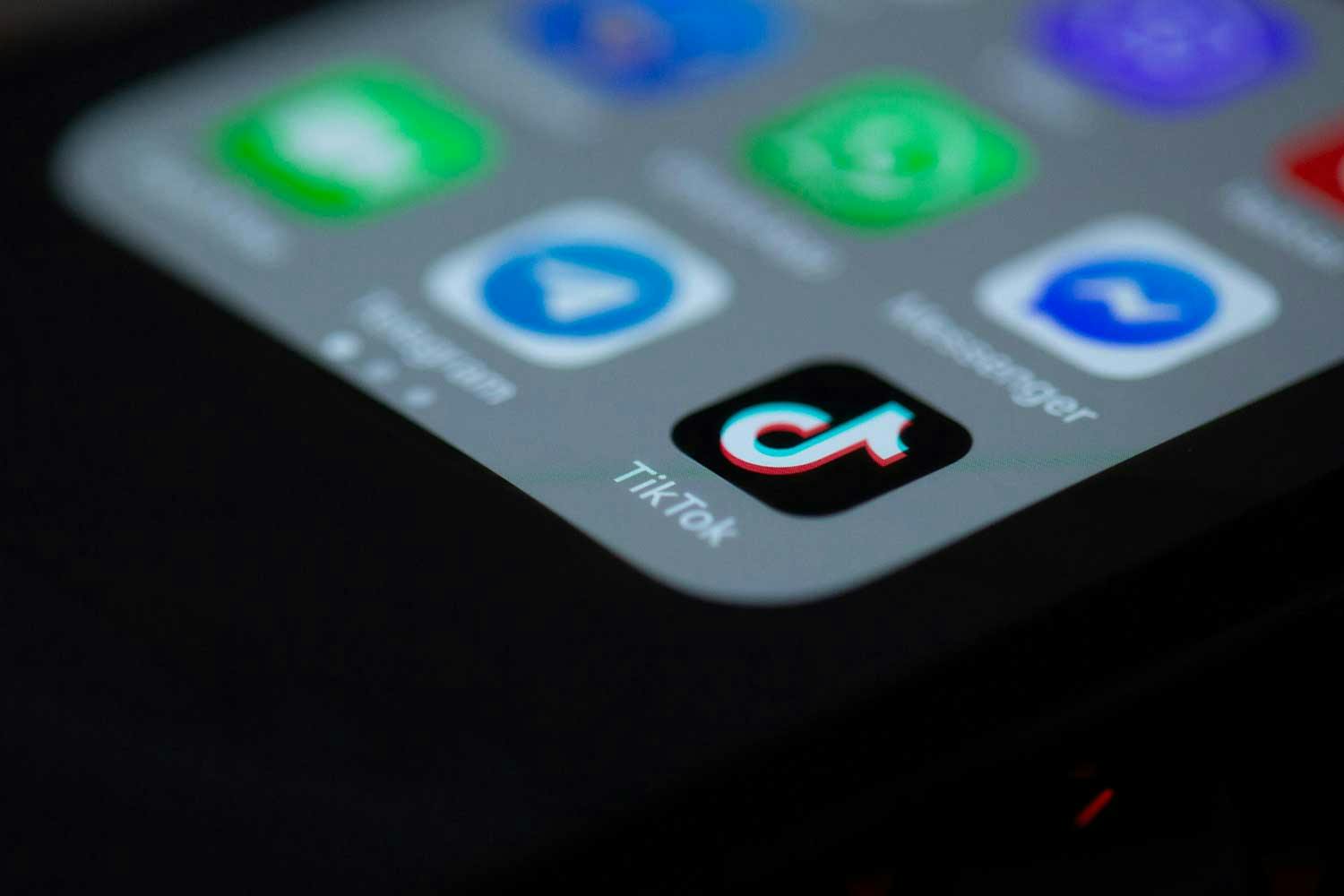In late April, President Biden signed legislation that will force the Chinese owner of TikTok to sell within the next nine months or to accept that, in America at least, the popular video app will go away. The measure faces a hard-fought battle in the months ahead. TikTok itself is promising to raise court challenges, noting in a statement that a U.S. ban on the app would “devastate seven million businesses and silence 170 million Americans.”
For more insights and tips about addressing the climate crisis
SUBSCRIBE to the one5c newsletter here
That could include a cadre of climate-action advocates that has amassed millions of followers and views on the platform. This group of creators have been central to campaigns that have, among other things, helped spur the recent pause on liquefied natural gas (LNG) exports. Though a ban won’t happen for months or years (or perhaps ever), the possibility puts what some have seen as a powerful organizing tool on shaky ground.
TikTok’s climate-action scorecard
TikTok is way more than dance trends. A 2023 Pew Research Center report found that about one-third of adults under 30 now get their headlines directly from TikTok. What’s more, 14% of all U.S. adults turn to the app regularly for their news needs—a number that more than quadrupled between 2020 and 2023. As more people use the platform as a ready source of information, organizers have capitalized on it as a tool to mobilize millions in climate causes.
Collective pushback against the proposed Calcasieu Pass 2 (CP2) LNG project, supported by years of on-the-ground advocacy work, is perhaps the most potent example. Fossil Free Media, a nonprofit focused on phasing out oil and gas, worked closely with TikTok creators like Alex Haraus (@alex.haraus) to increase public pressure on the Biden administration, particularly from young people, to reject the project. Those efforts included sending film crews to southwest Louisiana, while creators like Haraus helped gather many of the 400,000+ signatures needed to petition elected officials to change course, says Tejal Mankad, Fossil Free Media’s digital director.
“I have political power I never thought I’d be able to wield. And I don’t say that lightly.”
Birdie Sam, TikTok creator
The push was lauded as a win when the administration announced in January it would pause any LNG project approvals pending further federal review. “Without [Alex’s] videos and content, we most certainly would not have had the amount of public pressure and the signatures that we then sent over to the Department of Energy and Joe Biden,” Mankad says.
It was an important victory, especially after similar efforts to stop the Willow oil drilling project in Alaska last year failed. Even though the Biden administration ultimately approved the project, the upswell of action showed the potential for utilizing platforms like TikTok to get folks behind climate messages, Mankad says. The #StopWillow hashtag racked up more than 50 million views.
Taking the good with the bad
Given TikTok’s effectiveness, Mankad and creator Alex Silva (@ecofreako) are also concerned that a potential ban comes with dangerous subtexts. They’re worried it could be seen as a way of silencing a generation’s go-to outlet for organizing and communicating. “I, along with other content creators who use the app for awareness and activism, see this ban as a (not so) subtle form of suppression,” Silva wrote in an email to one5c.
TikTok has indeed supercharged creators’ ability to effect change, says Birdie Sam (@showme_yourmask), an Indigenous and biracial creator with 340,000+ followers. Sam participated in the CP2 campaign and has spoken out against fossil fuel expansions like the Willow project and pipelines in Minnesota. “I feel like I’m finally doing something for my tribe in ways I would not be able to do before,” Sam says. “I have political power I never thought I’d be able to wield. And I don’t say that lightly.”
Creators, of course, realize that TikTok isn’t a perfect place. Though the company has made attempts to address the spread of climate misinformation, its algorithm—the app’s closely guarded secret sauce—has flaws, including tendencies to perpetuate unfounded medical advice and suppress marginalized groups. It’s part of why, Sam notes, they have a “love-hate” relationship with the platform.
So, now what?
For climate action on social media, there’s very likely life after TikTok, says Jon Christensen, an assistant professor and researcher at UCLA’s Institute of the Environment and Sustainability. He says he’s seen messages hop social platforms more than once in the 12 years he’s been teaching a course on strategic environmental communications. “The narrative of the climate crisis is not going away, and people will find ways to tell those stories and to advocate effectively, regardless of whether TikTok or any other social media platform is a part of the picture,” he says.
An all-out TikTok ban is far from certain, but if one does go through, there are places to go. Advocates can turn to other platforms that have embraced short-form, vertical video styles, like Instagram Reels and YouTube Shorts, both of which the 2023 Pew report says are having small upswings as news sources for Americans.
Regardless of what happens, some TikTokers are already encouraging folks to follow them on other platforms, and creators will often use the same handle to make them easier to find. There are hundreds of accounts in this space, but Passionfruit has curated a handful of “musts,” including the EcoTok Collective (@ecotokcollective), which shares updates from 21 top climate creators in one feed.

